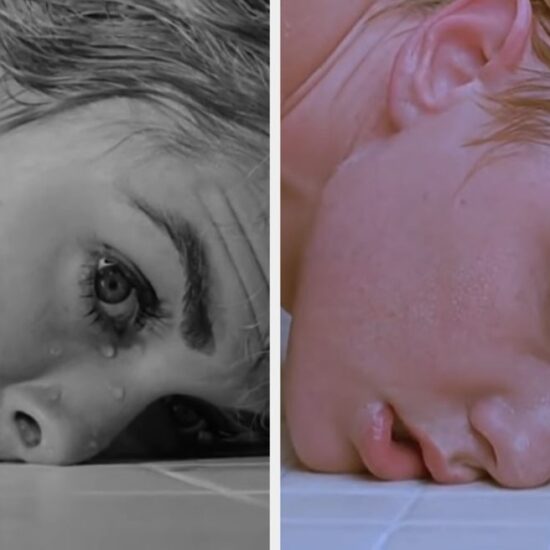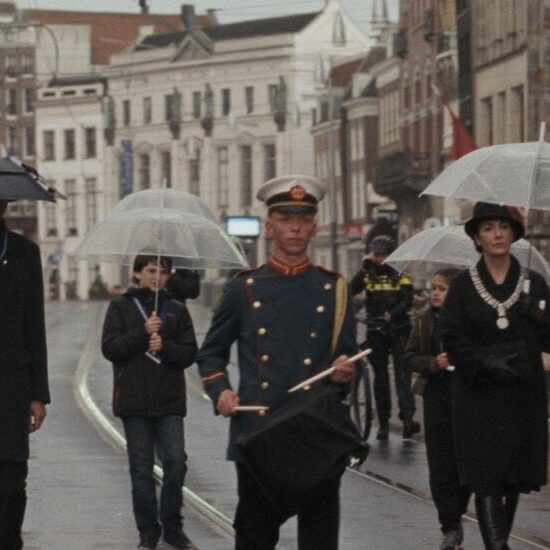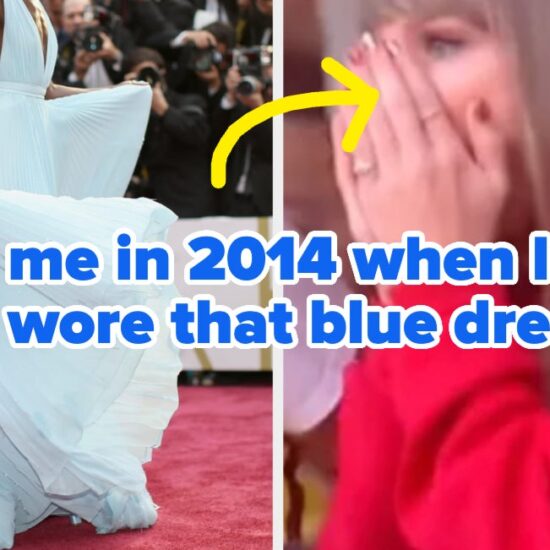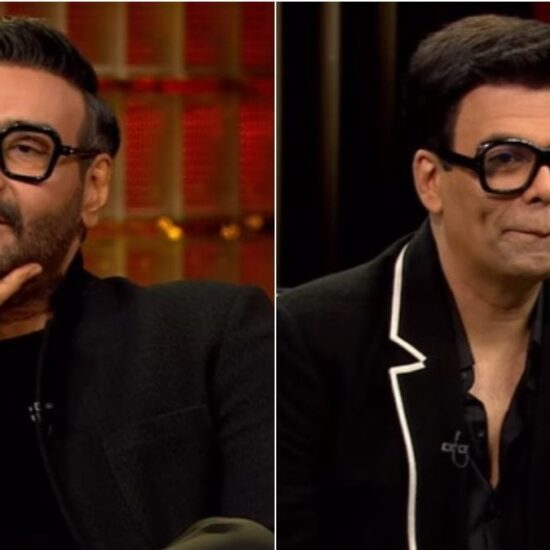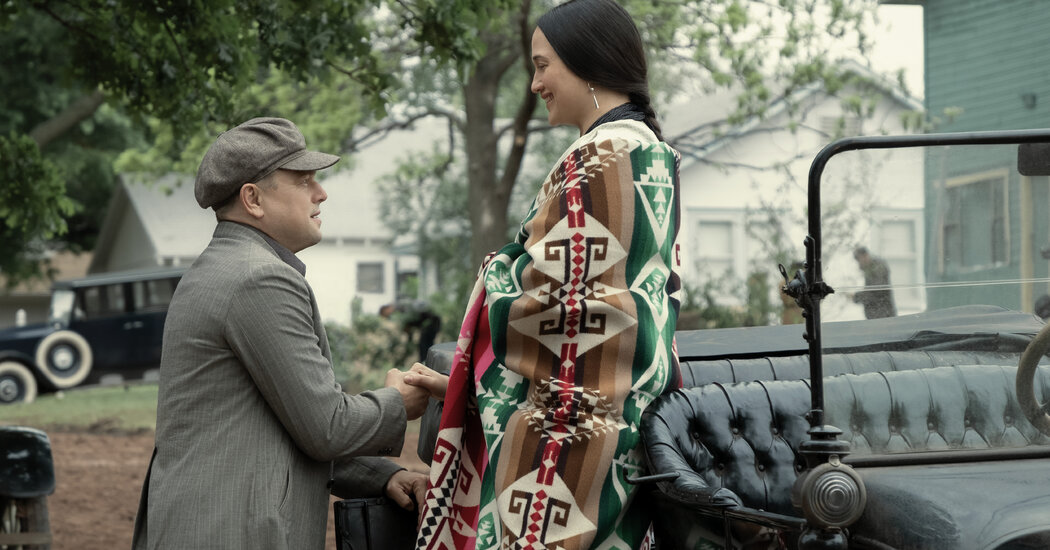
On Saturday, “Killers of the Flower Moon,” Martin Scorsese’s harrowing epic about one of America’s favorite pastimes — mass murder — had its premiere at the Cannes Film Festival, screening out of competition. It’s Scorsese’s first movie at the event since his nightmarish screwball “After Hours” was presented in 1986, winning him best director. For this edition, he walked the red carpet with the two stars who have defined the contrasting halves of his career: Robert De Niro and Leonardo DiCaprio.
Adapted from David Grann’s nonfiction best seller of the same title — the screenplay was written by Scorsese and Eric Roth — the movie recounts the murders of multiple oil-rich members of the Osage Nation in Oklahoma during the 1920s. Grann’s book is subtitled “The Osage Murders and the Birth of the FBI,” while the movie primarily focuses on what was happening on the ground in Oklahoma. The name of the young bureau chief, J. Edgar Hoover, comes up but largely evokes the agency’s future, its authority, scandals and that time DiCaprio played a closeted leader in Clint Eastwood’s “J. Edgar” (2011).
“Killers of the Flower Moon” is shocking, at times crushingly sorrowful, a true-crime mystery that in its bone-chilling details can make it feel closer to a horror movie. And while it focuses on a series of murders committed in the 1920s, Scorsese is, emphatically, also telling a larger story about power, Native Americans and the United States. A crucial part of that story took place in the 1870s, when the American government forced the Osage to leave Kansas and relocate in the Southwest. Another chapter was written several decades later when oil was discovered on Osage land in present-day Oklahoma.
When DiCaprio’s Ernest Burkhart arrives by train at the Osage boomtown of Fairfax, oil derricks crowd the bright green plains as far as the eye can see. Still wearing his dun-colored doughboy uniform from the recently ended war, Ernest has come to live with his uncle, William Hale (Robert DeNiro), along with a clutch of other relatives, including his brother (Scott Shepherd). A cattleman with owlish glasses and a pinched smile, the real Hale had nurtured such close relations with the local Native American population that he was revered, Grann writes, “as King of the Osage Hills.”
With crisp efficiency, soaring cameras and just enough history to ground the narrative, Scorsese plunges you right into the region’s tumult, which is abuzz with new money that some are spending and others are trying to steal. The Osage owned the mineral rights to their land, which had some of the largest oil deposits in the country, and they leased it to prospectors. In the early 20th century, Grann writes, every person on the tribal roll began receiving payouts. The Osage became fantastically wealthy, and in 1923, he adds, “the tribe took in more than $30 million, the equivalent today of more than $400 million.”
“Killers of the Flower Moon” is organized around Ernest’s relationship with both Hale and a young Osage woman, Mollie (Lily Gladstone), whom he meets while taxiing townspeople around. Much like Fairfax, where luxury autos race down the dirt main road amid shrieking people and terrified horses, Ernest is soon hopped up, frenetic, all wild smiles and gushing enthusiasm. He keeps on jumping — it’s as if he’s gotten a contact high from the wealth — though his energy changes after he meets Mollie. They marry and have children, finding refuge with each other as the dead Osage start to pile up.
Gladstone and DiCaprio fit persuasively even if their characters have contrasting vibes, temperaments and physicalities. When she’s out and about, this pacific, reserved woman turns her face into an impassive mask and wraps a long traditional blanket around her, effectively cocooning her body with it. With her beauty, stillness and sly Mona Lisa smile, Mollie exerts a great gravitational force on Ernest and the viewer alike; you’re both quickly smitten. DiCaprio will earn most of the attention, but without Gladstone, the movie wouldn’t have the same slow-building, soul-heavy emotional impact.
Ernest is a fascinating, thorny character, especially in the age of Marvel Manichaeism, and he’s rived by contradictions that he scarcely seems aware of. DiCaprio’s performance is initially characterized by Ernest’s eagerness to please Hale — there’s comedy and pathos in his mugging and flop sweat — but grows quieter, more interior and delicately complex as the mystery deepens. It’s instructive that Ernest is frowning the first time you see him, an expression that takes on greater significance when you realize that DiCaprio is mirroring De Niro’s famed grimace, a choice that draws a visual line between the characters and the men who have been Scorsese’s twin cinematic lodestars.
I’ll have more to say about “Killers of the Flower Moon” when it opens in American theaters in October.









